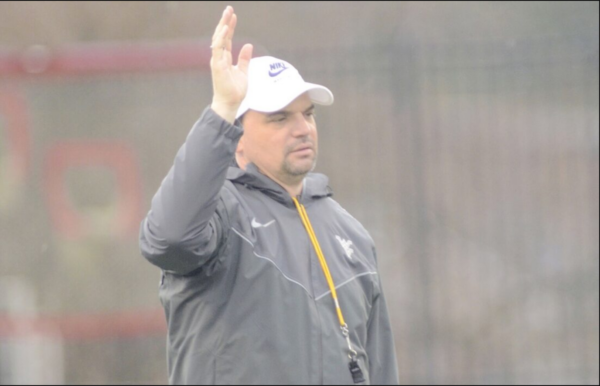Spring practice is crucial to a college football team’s offense and defense, but it doesn’t instill autumn systems.
West Virginia football coach Neal Brown prepares for his sixth and most crucial season that way.
He prioritizes teaching and making judgments about individuals above putting together WVU’s offensive and defensive systems and plays for the Sept. 2 season opener against Penn State.
“In spring ball, much more so than in fall camp, you can’t get caught up looking at the complete unit,” Brown said after Saturday’s scrimmage.
He thinks people should learn the basics, enhance their talents, and figure out how they fit into the overall picture.
“I learned long ago not to be too upset following spring workouts, good or poor. It’s about progress, and becoming better, and sometimes it’s not pure football because your timing is wrong, you have players hurt, or you lost something from last year and haven’t replaced it yet.

You can’t see everything. Who’s improving must be assessed individually.”
Saturday’s scrimmage demonstrated his point.
Brown said that Zach Frazier was at center and Doug Nester at guard or tackle, depending on his position. “We’re breaking in some experience at center, so you may have a run play that’s incredibly well blocked, but the snap was off, so the back never gets to the handoff point.”
It’s still a good play. The handoff isn’t the running back or quarterback’s responsibility.
“It’s frustrating because you’re not gaining yards, but you’ve got the other O-linemen and the tight end who had a really nice rep on that play. Brown advised against getting caught up in outcomes.
Spring is now a teaching season, unlike under Bear Bryant or Don Nehlen.
Football is more polite. Two-a-days ended. The lack of ground tackling has harmed tackling but protects players from the relentless battering that comes with turning practices into more physical activities than games.
Meetings and movies teach you today, and spring practices focus on basics and timing.
Nowadays, spring teams seldom resemble fall teams.
Transfers and graduation may change the staff. Garrett Greene or Nicco Marchiol change the offense’s appearance and capabilities from Jarret Doege or JT Daniels’ three years as quarterback.
So, the offense must focus on new talents including RPO-based quarterback mobility.
Instead of perfecting plays, you teach the abilities needed to operate that offense. After fall camp personnel choices.
Brown is aiming for a turnaround, so he has looked across the Big 12 for teams that have adjusted best to the new transfer and NIL regulations to rebuild rapidly, like TCU did last year when it reached the national championship game after a 5-7, 3-6 conference record.
Brown stated TCU had a superior football team with the same players. “They acquired a tight end from Texas, a corner from Louisiana-Monroe, a safety from Colorado, a center from SMU, and a linebacker from Navy.
“But they lost some individuals, too, so the lesson from TCU is how much better the men on their current roster got from the conclusion of the previous year until playing in the national championship game.”
Brown hopes to replicate the success of those specific changes rather than rebuilding the programs or depending on newcomers.
On defense, the Mountaineers are breaking in more non-starters. Having them fundamentally sound and ready to perform inside the system in the autumn is more crucial than any spring practice play.

